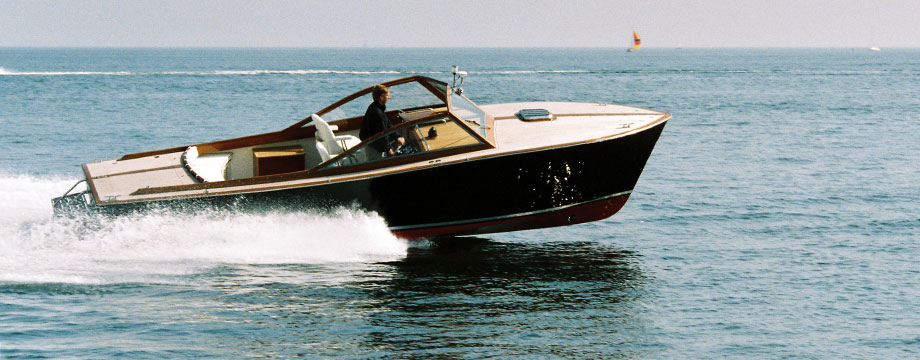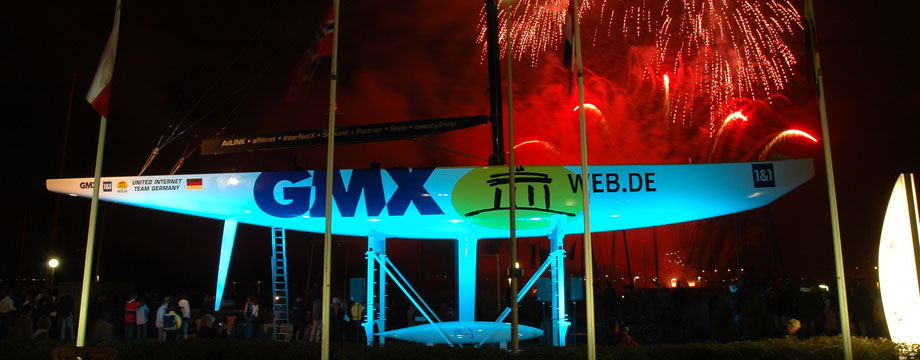TÛRANOR
PLANET SOLAR
Solar catamaran
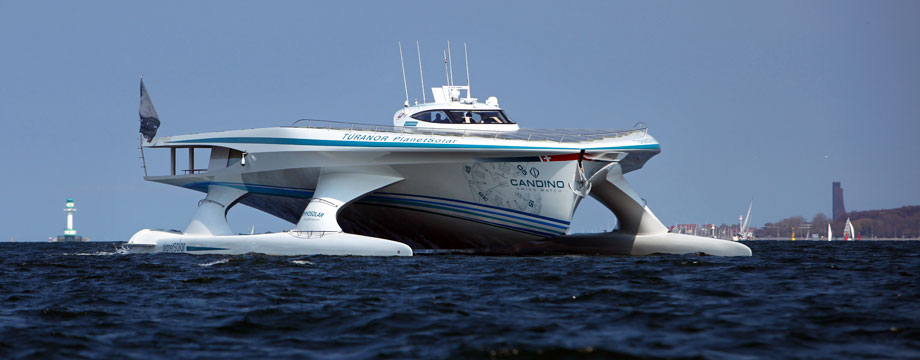
The aim of this globally unique project is to circumnavigate the world in a catamaran powered exclusively by solar energy.
At a remarkable average speed of 8 knots, the expedition is expected to last around 140 days - an environmentally friendly and virtually silent way of traveling.
The TÛRANOR PlanetSolar was launched and christened on March 31, 2010 in Kiel. After a successful test voyage in the Mediterranean, the round-the-world trip started on September 27, 2010 in Monaco. Stopovers in major port cities along the equator are intended to bring the project closer to many people and at the same time raise awareness of renewable energies.
For the equatorial baptism, the Norwegian shipping company Wilhemsen presented the TÛRANOR PlanetSolar with a specially bottled line aquavit, a bottle of which was handed over to the Knierim shipyard managers Steffen Müller and Gunnar Knierim by PlanetSolar project manager Gerhard Beinhauer after completion of the circumnavigation.
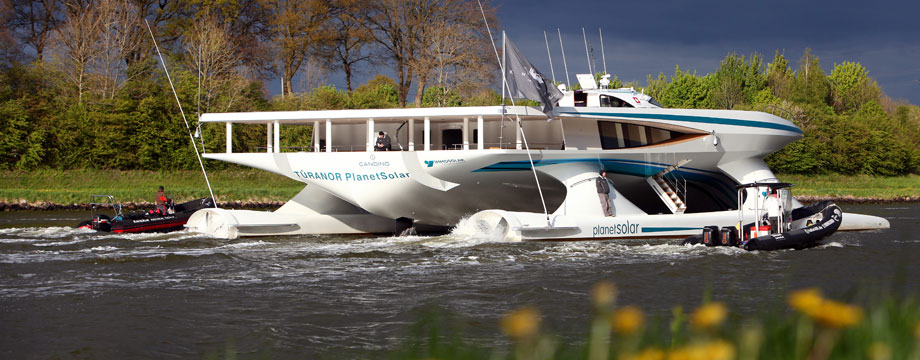
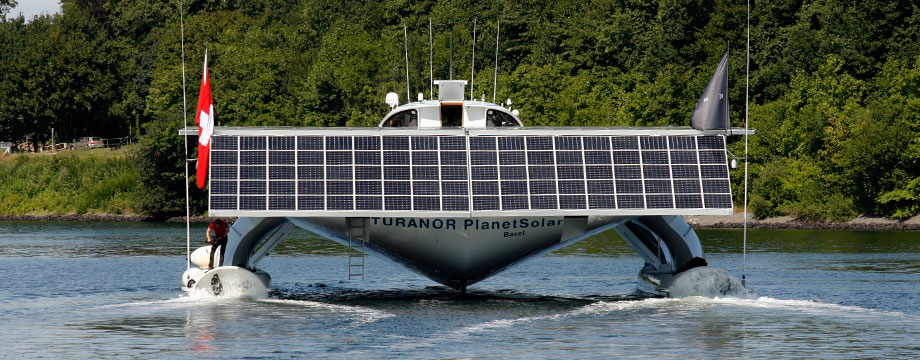
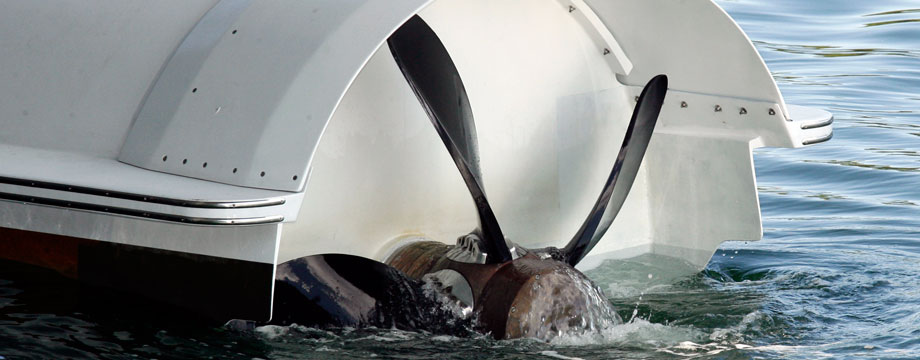
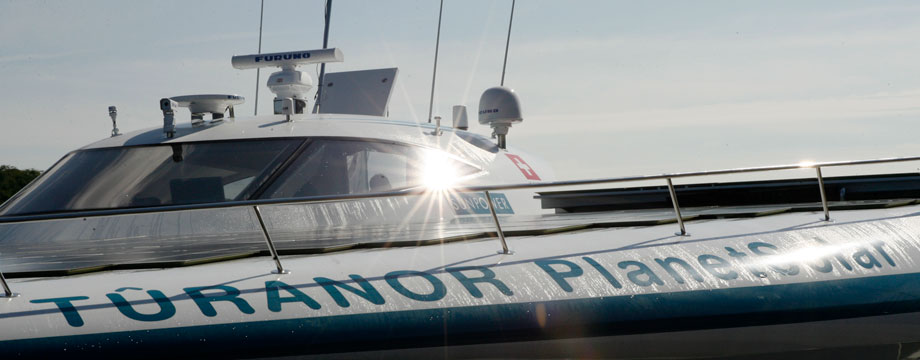
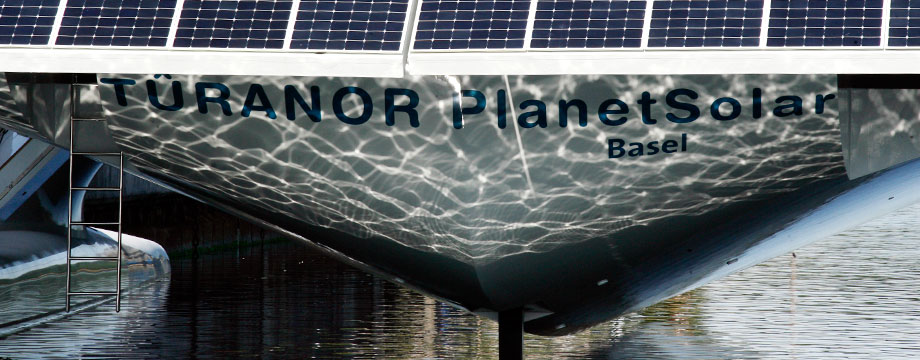
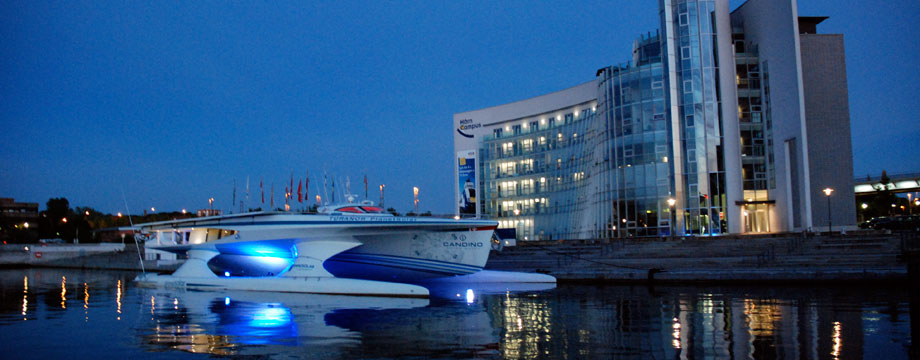
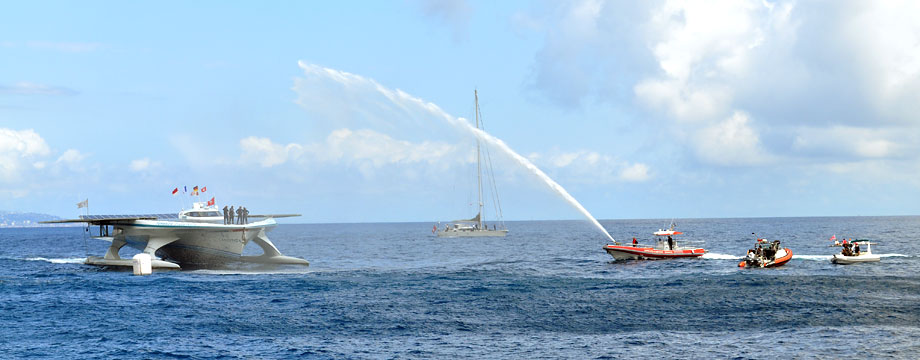
The first stop on the world tour was the Canary Islands, before continuing across the Atlantic to Miami in Florida. From there, the route led to Cancun in Mexico, where the World Climate Summit was taking place at the same time. After a stop in Cartagena, the journey continued through the Panama Canal and on to the Galapagos Islands. You can follow the rest of the journey on planetsolar.org .
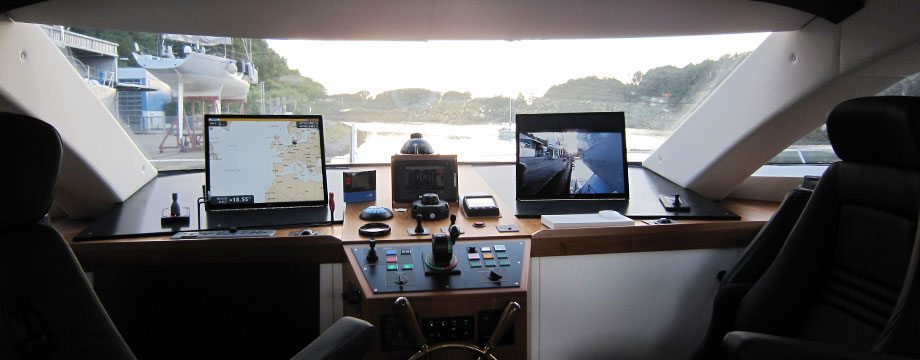
The 31 meter long, 15 meter wide and 60 ton TÛRANOR PlanetSolar is a technical masterpiece. To ensure that the engines are powered exclusively by solar energy, the entire deck area has been fitted with photovoltaic modules. There are also extendable side wings, which also carry solar modules. The total collector area thus amounts to 537 square meters, consisting of 825 solar modules and 38,000 photovoltaic cells. The energy is stored in lithium-ion batteries, which are the largest of their kind with a capacity of 1,130 kWh and weigh 11.7 tons. The four electric motors with a total output of 240 kW are fed from the batteries and act on two drive shafts with surface propellers. The two propellers rotate very slowly and have a high torque.
Specification
| Year built | 2010 |
| L.o.a. | 31,00 m |
| Beam | 15,00 m |
| Draft | 1,55 m |
| Displacement | 60 t |
| Design | Craig Loomes |


